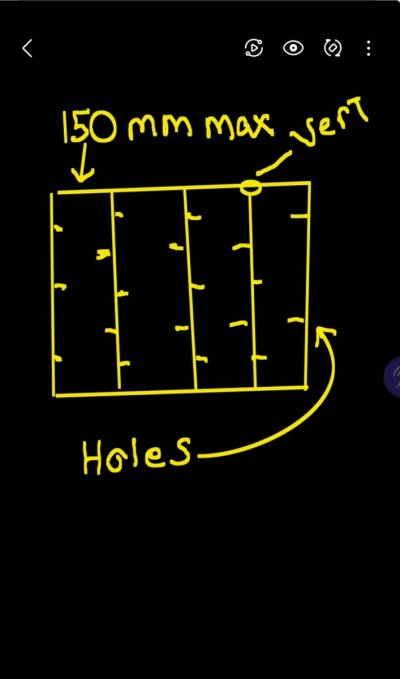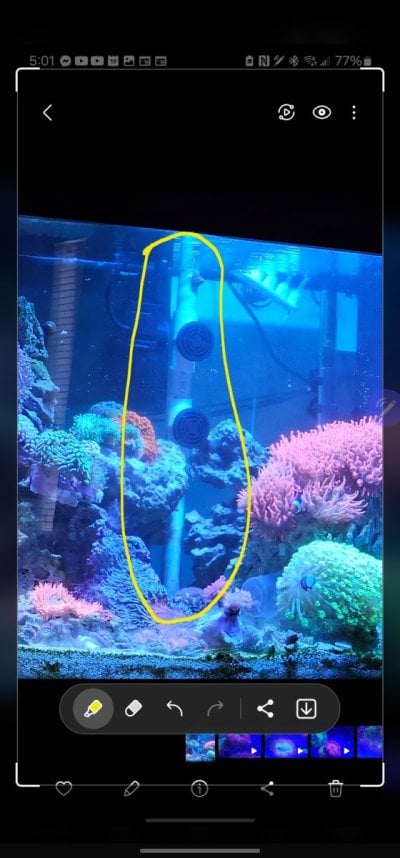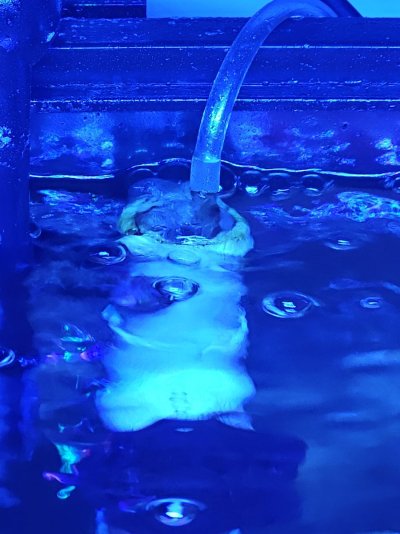Today I bought 40 kilograms of sand to add to my recently cycled saltwater aquarium and I have been experiencing the first stages of the ugly stage currently at brown diatoms and so far my test results show that nitrate and nitrite levels are very low which is very good and I calculated I would need to add this amount to increase my sand bed from about 6 centimeters to about 10-13 centimetres which should be enough to host my deep sand bed .
I also ordered some caluerpa prolifera macro algae to provide additional hiding spaces besides my lava rocks and the sand bed itself and in addition I ordered a nassarius snail and plenty of deep sand bed critters including both amphipods and copepods rotifers and also some blackworms to help stir the substrate and keep my deep sandbed healthy.
As you can see I used completely natural Quartz sand which is why the water is so cloudy but this will go away on it's own and as my tank is completely empty besides my rocks and sand I don't care about rinsing it first and this will be the final sand layer on top of several lower layers of sand with various sizes and the reason I did this was to provide my inhabitants a more realistic environment that is more like that of a real ocean sea floor complete with deep sand and plenty of rocks.
It is possible I might add some candy corals in the sand bed to further improve the looks but I am so far not at all interested in corals only the sea floor and the critters that make it their home hence why it's a sea floor biotope with only Carribbean species that would occur naturally focusing specifically on sand dwelling animals and invertebrates like sand dollars worms and snails or Jawfish.
This is what my tank looked like before adding the sand and for anyone asking yes I removed the rocks before adding the new sand.
Last edited:




















